20 Houseplants That Love Coffee Grounds
Ever wondered what to do with your leftover coffee grounds? 🌱 You might be surprised to learn that many houseplants love them!
Coffee grounds can be a fantastic way to give your plants a nutrient boost. By adding coffee grounds to your plant care routine, you can help them thrive with healthier leaves and blooms.
In this article, I’m diving into the world of coffee-loving houseplants. It’s a fun and easy way to recycle and do something great for your green friends. 🤗
Got a favorite houseplant at home? You might be able to give it a special treat that you usually throw away!
I’m excited to share these tips with you, and I’d love to hear about your experiences in the comments below! 🌿✨
Please note: Simplify Plants is reader-supported. As an Amazon Associate, I earn from qualifying purchases made by our readers with no extra cost added to you all! Some links in the post are affiliate links and I get a commission from purchases made through links in the post.
1) Boston Fern

Have you ever wondered if your Boston Fern likes coffee grounds? You’re in luck!
Boston ferns love a bit of coffee ground magic. These ferns are quite hardy and thrive when their soil is just right. 🪴
Boston ferns prefer soil with a slightly acidic pH of around 6.0 to 6.5.
Coffee grounds, which are rich in Nitrogen, help maintain this acidity. Plus, the Nitrogen helps the fern keep its lush, green leaves. 🌿
You don’t need much—just sprinkle a small amount of coffee grounds around the base of the fern.
Be careful not to overdo it, though. Too much coffee can make the soil too acidic. A little bit goes a long way!
Ever tried giving your fern a coffee ground boost? How did it go? Share your experiences and tips in the comments! 😊
So, next time you brew a cup of coffee, remember your Boston Fern might enjoy a sip too. 🥤 Happy gardening!
2) Philodendron

Philodendrons are awesome! 🌱 These tropical plants are popular because they’re super easy to care for and look amazing in any room.
Philodendrons love nitrogen, and coffee grounds are rich in it.
Adding coffee grounds to your philodendron’s soil can help it grow lush and green.
To use coffee grounds, I let them soak overnight. Then, I mix them into the soil.
Don’t forget to water your philodendron within 48 hours! It helps the coffee grounds integrate well into the soil.
Using coffee grounds can also deter pests 🕷️ and improve water retention in the soil. This means your philodendron stays healthier with less effort.
Have you tried using coffee grounds for your philodendrons? Let me know in the comments! 🌿 ☕
3) Spider Plant

Spider plants love a little bit of coffee! Did you know? 🌱
These hardy plants thrive with the nutrients from coffee grounds. I usually mix 1 part coffee grounds with 3 parts water for mine.
This mild acidic boost helps keep my spider plant’s soil happy and healthy. Too much can be a problem, though. I only give my spider plant this treat every few weeks.
Ever tried giving your spider plant coffee grounds? It’s a fun way to use your leftovers!
Just make sure not to go overboard. How do you keep your spider plants thriving? Share your tips in the comments! 🪴
4) Golden Pothos

Are you growing Golden Pothos at home? This popular houseplant is not only beautiful but also super easy to care for.
Golden Pothos can benefit from a little coffee love.
Mix 2 tablespoons of coffee grounds into the top layer of the soil. Water well afterward to help distribute the nutrients evenly.
You can also create a super easy coffee-ground tea.
Just add two cups of coffee grounds to a 5-gallon container of water and let it sit overnight. Then, use this mix to water your Pothos. 🍃
Remember, a little goes a long way.
Pothos can only handle small amounts of coffee grounds in their soil at a time. Use it sparingly to avoid overloading your plant with nutrients. Too much of a good thing can be bad!
Have you tried using coffee grounds with your Golden Pothos? How did it go? Let us know in the comments! 🌱💬
5) Peace Lily
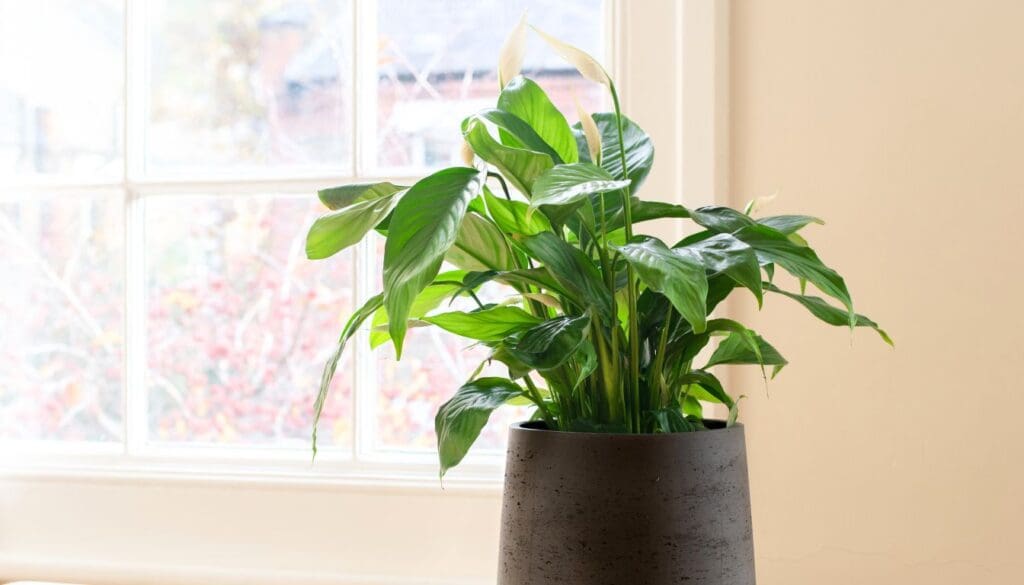
Peace lilies love coffee grounds, and adding them can make a big difference! These plants thrive in acidic soil, and coffee grounds help increase soil acidity.
When I started using coffee grounds for my peace lily, I noticed improved growth.
The nitrogen in coffee grounds gives these plants a nutrient boost, making them healthier and more robust. 🌿
You can sprinkle a small amount of coffee grounds on the soil or mix them into the potting mix.
Just be careful not to overdo it! Too many coffee grounds can lead to issues like mold growth.
Does your peace lily struggle with pets nibbling on the leaves?
Coffee grounds can help with that too! They act as a natural deterrent, keeping your pets away. 🐾
Remember to keep the soil moist but not too wet. Overwatering combined with coffee grounds can cause root rot.
Have you tried using coffee grounds yet? Share your experiences in the comments below! ☕
6) Snake Plant

Ever wondered if your Snake Plant loves coffee grounds as much as you do? 🌱☕ Well, let’s dig in!
Snake plants thrive with a little bit of coffee love.
Coffee grounds, when used correctly, can make the soil slightly acidic, which is perfect for these plants. This can help keep your snake plant healthy and happy. Plus, they add important nutrients to the soil.
But here’s the catch: too much coffee can be bad news.
Instead of adding coffee grounds directly to the soil, I recommend using them as compost or liquid fertilizer.
You can mix a small amount of coffee grounds with water and let it sit overnight. Then, use this coffee-infused water to water your snake plant.
Ever had problems with fungus or pests? 🌿
Coffee grounds in moderation can help reduce these issues. It’s like giving your plant a mini immune boost.
Have you tried using coffee grounds on your snake plant? If so, I’d love to hear your stories. Share your tips and experiences in the comments below! 🌟
Let’s keep our indoor jungles thriving together! 🌴✨
7) Aloe Vera
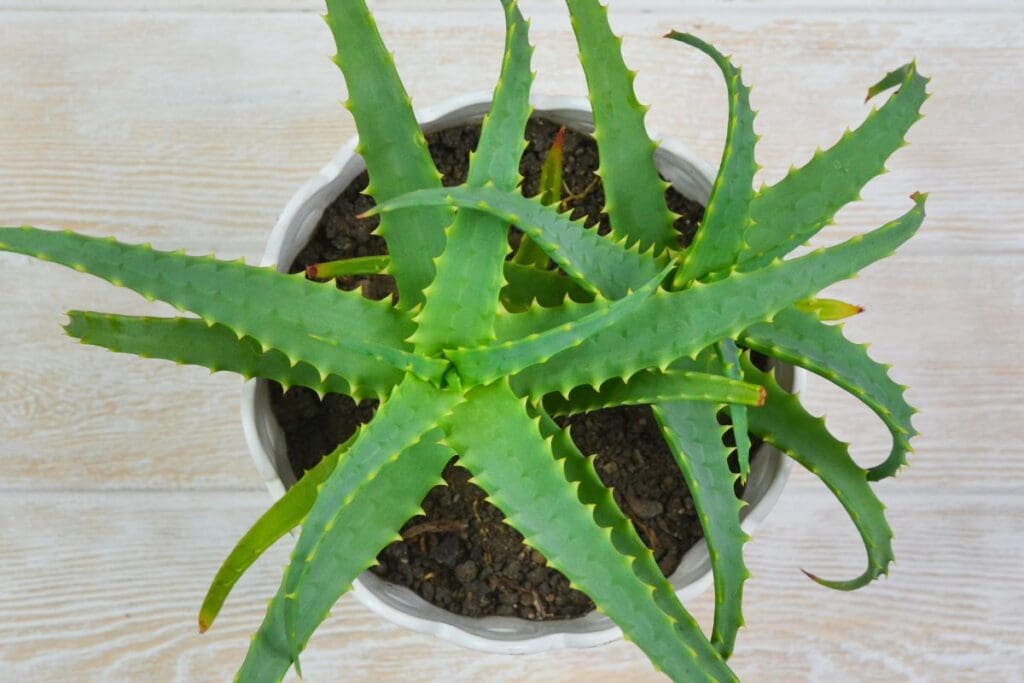
Aloe vera is an amazing plant! 🌵 Not only is it great for soothing sunburns, but it also loves coffee grounds.
This plant prefers well-draining soil, and a small sprinkle of coffee grounds can help with that. Just make sure you don’t overdo it. Too much coffee can make the soil too acidic.
Did you know aloe vera is super low maintenance?
It’s perfect for those of us who might forget to water our plants regularly. With a little coffee, you’ll see even more vibrant and healthy growth.
Just mix the grounds into the soil and watch your aloe vera thrive.
If you’ve ever used aloe vera for your skin, you know how refreshing it is. Now, give back to your plant with some coffee love.
Have you tried using coffee grounds on your plants before? I’d love to hear how it worked for you! Please share in the comments below. 🌿
8) Chinese Evergreen

If you’re considering adding coffee grounds to your Chinese Evergreen (Aglaonema), read on!
Chinese Evergreens are known for their stunning leaves and easy care. They like it when the soil is just right—not too soggy and not too dry.
Adding coffee grounds directly to their soil might sound like a good idea, but it can actually cause problems.
If you add too many coffee grounds, you might end up with soggy soil, leading to root rot. Nobody wants that!
Instead, try this: mix two cups of coffee grounds with five gallons of water and let it sit overnight.
This creates a weak coffee fertilizer that your Chinese Evergreen will love. Just pour a little around the soil, and you’ll be good to go.
Did you know coffee grounds can attract pests and fungi if used too much?
That’s why it’s important to use them sparingly.
Have you tried this before? Share your experiences in the comments! 🌱😊
9) Dracaena
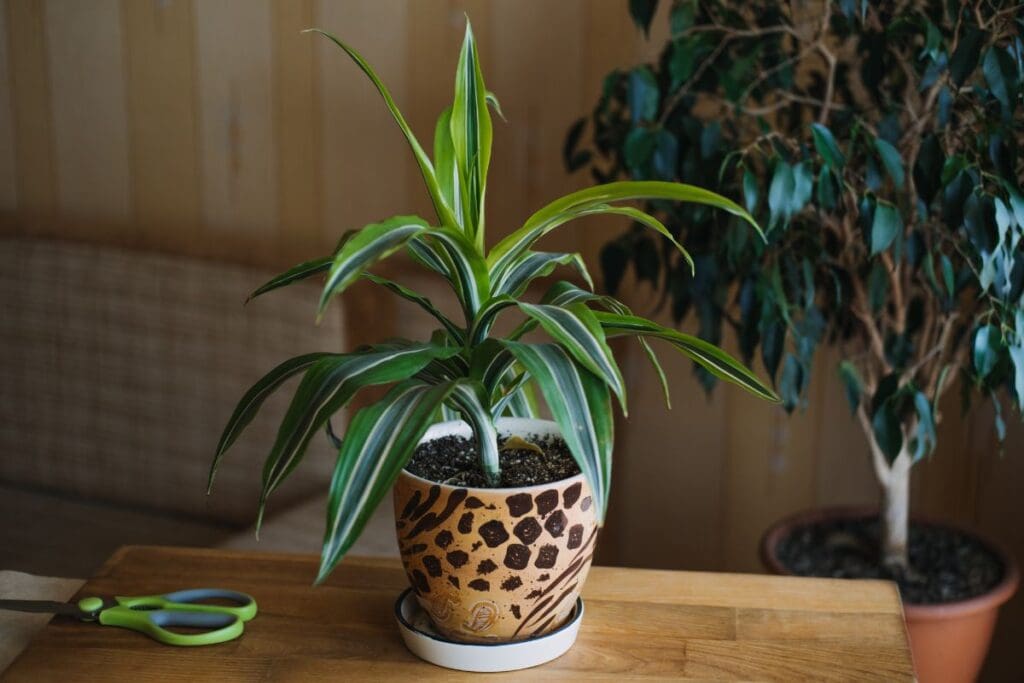
Dracaenas are not only beautiful but also quite easy to take care of. They have long, slender leaves and come in many varieties.
Have you ever noticed how adding used coffee grounds can be a game-changer for these plants? 🪴
Dracaenas love slightly acidic soil, and coffee grounds can help create the perfect environment.
Freshly brewed coffee has a pH between 4.8 and 5.1. When you add them to your plant’s soil, they help get it to the ideal pH of 6 to 6.5.
Do you drink coffee every morning?
If yes, don’t toss those coffee grounds! Sprinkle them lightly on the soil of your Dracaena.
Just remember to use them in moderation to avoid making the soil too acidic.
Curious about what kind of coffee grounds to use?
Both fresh and used coffee grounds work—but fresh grounds are more acidic. Feel free to experiment a bit and see what your Dracaena likes best! Just be careful not to overdo it.
Dracaenas aren’t just pretty—they are also tough.
They can thrive with just a little bit of extra love. Besides coffee grounds, make sure you water your Dracaena regularly and keep it away from direct sunlight. 🌞
Do you have a Dracaena at home? Have you ever tried using coffee grounds? Leave a comment and let me know how it worked out for you! This might be the secret to making your plant even happier. 🌿
10) English Ivy
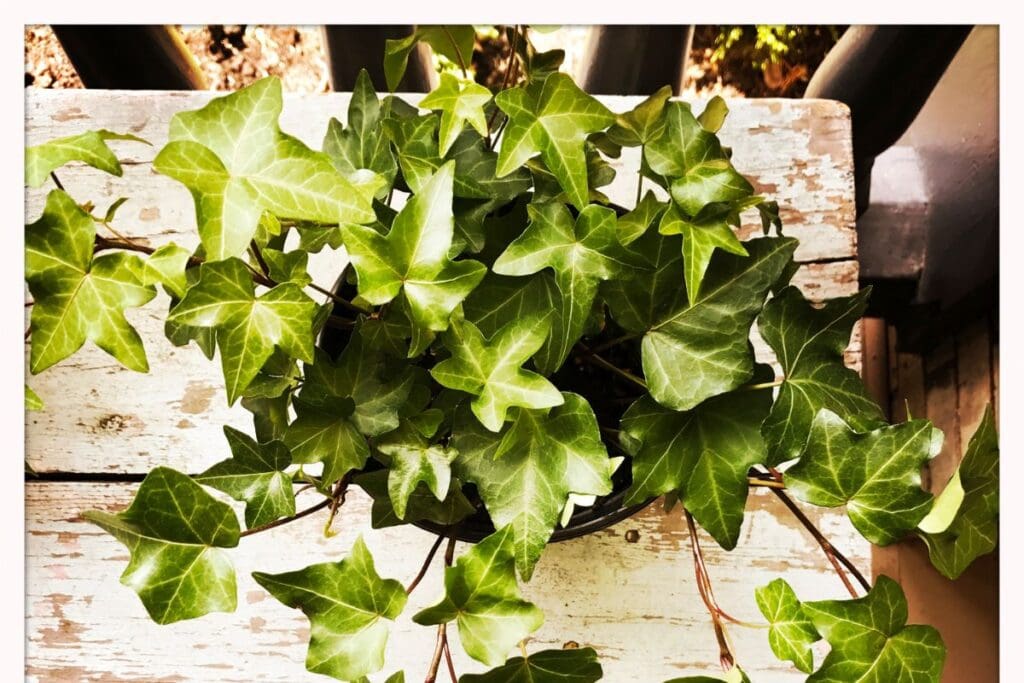
English Ivy is a wonderful plant that loves coffee grounds. If you have some leftover coffee grounds, don’t throw them away! Use them to help your English Ivy thrive.
How? It’s simple!
Just mix 2 cups of used coffee grounds with water. Let it sit overnight. The next morning, give your English Ivy a treat with this nutrient-rich mixture. 🌿
Some people even put coffee grounds in a sock and soak it in water for a few days. This makes a slow-release coffee tea that’s perfect for English Ivy.
Ever noticed your Ivy looking a bit sad?
Maybe it’s time for some coffee grounds! They can improve soil health and boost your plant’s growth.
Just remember, less is more. Too much coffee can be bad for your Ivy. Use it sparingly to keep your plant happy and healthy.
Do you already use coffee grounds for your plants? Share your tips in the comments! Let’s help our plants grow strong together. 🌱😊
11) Fiddle Leaf Fig
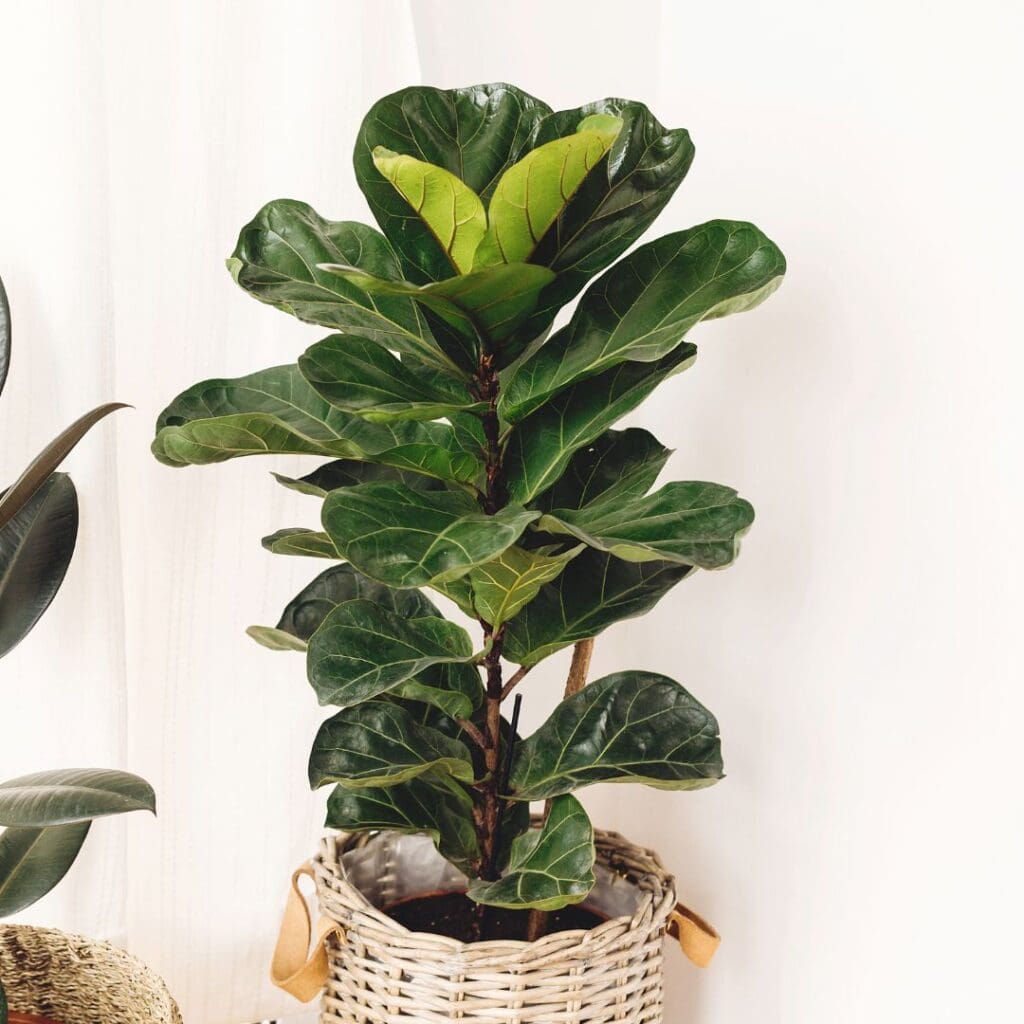
Fiddle Leaf Figs are one of my favorite indoor plants. 🪴 They look stunning with their large, glossy leaves, and make any room feel more lively.
But, do they like coffee grounds? The answer is tricky. Coffee grounds can help but also harm if not used correctly.
Fiddle Leaf Figs prefer soil with a pH between 6.5 and 7.5. Coffee grounds can slightly lower the pH, which can be beneficial if your soil is too alkaline. But if your soil is already at the right pH, adding coffee grounds might make it too acidic.
One thing to look out for is yellowing leaves. If you notice the leaves turning yellow, it might be a sign that the coffee grounds are affecting the plant negatively.
It’s always a good idea to test the soil pH before adding anything.
I usually recommend composting the coffee grounds first or mixing them with other compost materials. This helps reduce the acidity and makes the nutrients more accessible.
Have you tried using coffee grounds with your Fiddle Leaf Fig? Share your experience in the comments! 🌿☕
12) Cast Iron Plant
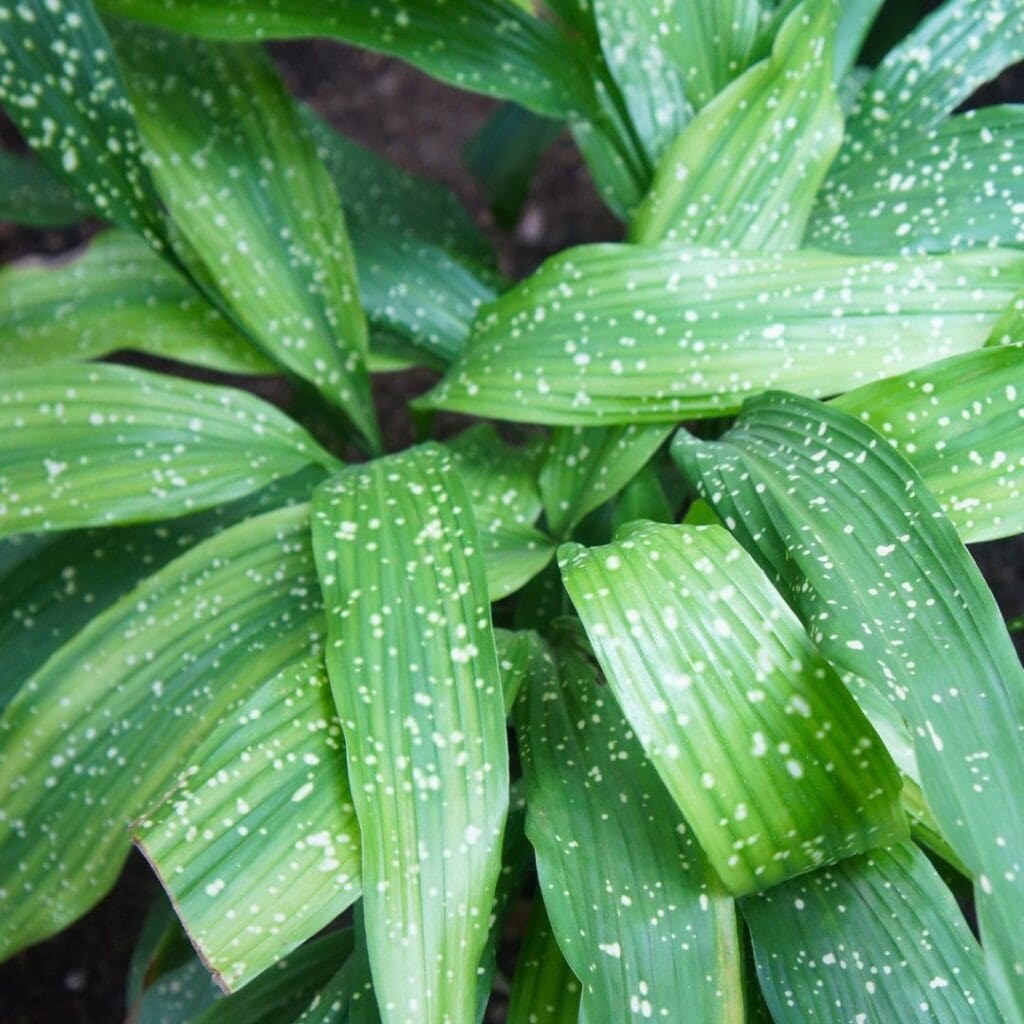
The Cast Iron Plant is a fantastic choice for anyone who’s not so great at plant care. This plant is tough, just like its name suggests! It’s quite forgiving and can handle low light, infrequent watering, and even a bit of neglect.
I love how the Cast Iron Plant has lush, green leaves. It adds a touch of nature to any corner of my home. Plus, it’s almost impossible to kill, which is a huge win for all the forgetful plant parents out there.
Did you know that adding coffee grounds to its soil can be beneficial? The nitrogen in the coffee grounds helps this plant stay green and thriving.
Be careful not to overdo it, though. Too much can make the soil too acidic.
Here’s a fun tip: Mix your used coffee grounds with your regular potting soil. This way, your Cast Iron Plant gets a slow and steady release of nutrients. Doesn’t that sound easy?
I often find myself wondering if the Cast Iron Plant has superpowers. Do any of you have this plant at home? Share your thoughts or any cool tips in the comments! 🌿✨
Remember, a touch of love (and coffee), and this plant will be your loyal buddy. Let’s chat – have you tried using coffee grounds with any of your plants? Drop a comment below! 😄👍
13) ZZ Plant
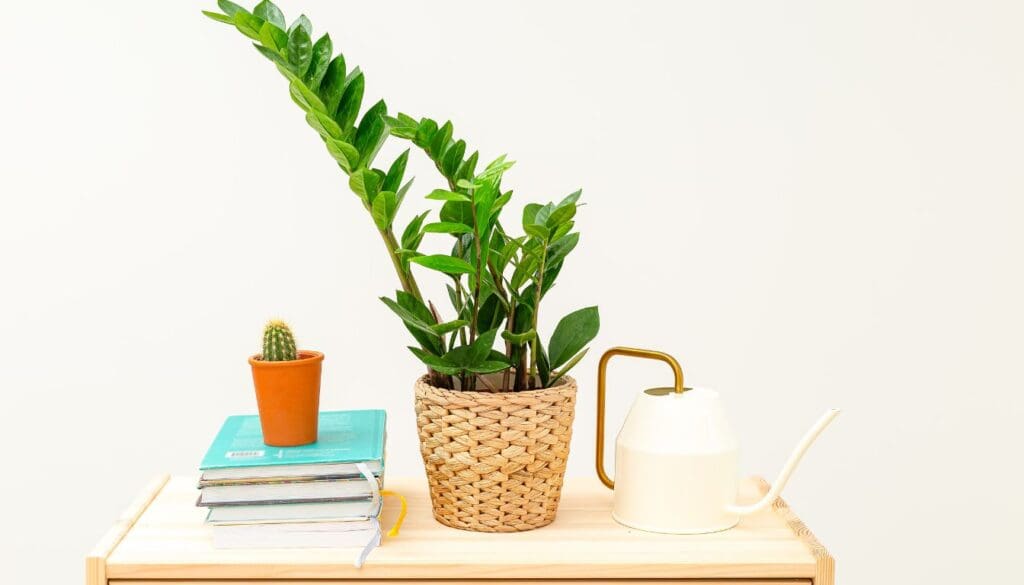
Have you ever heard of the ZZ Plant? It’s one of my favorites! These plants are known for being tough and super easy to care for. If you often forget to water your plants, this one’s for you! 🌱
But did you know that ZZ Plants can also benefit from coffee grounds? Coffee grounds have organic material that helps improve soil structure. When you add them to the soil, they act like tiny grains of sand, helping it drain properly.
ZZ Plants especially love the nitrogen found in coffee grounds. Nitrogen is essential for vibrant and healthy leaves, and it’s great to give ZZ Plants that extra boost.
Just remember to use coffee grounds sparingly. Too much can make the soil too acidic, which might not be good for our green buddy.
Here’s a quick tip: mix two cups of used coffee grounds with five gallons of water. Let it sit overnight, and then water your ZZ Plant with this mix. The plant will appreciate the slow release of nutrients.
Do you have a ZZ Plant at home? Have you tried using coffee grounds on it? Let me know in the comments below! 🌿✨
14) Jade Plant

The Jade Plant is a super cool houseplant that can benefit a lot from coffee grounds. 🪴 It’s one of those tough, low-maintenance plants that just keeps on giving.
When you add a bit of coffee grounds to the soil, it helps improve the plant’s growth and gives it a little extra boost. Imagine giving it a morning coffee to start the day all bright and shiny! 🌞
These plants love well-drained soil, so don’t overdo the water. Mixing coffee grounds with the soil can help with that, as grounds improve soil structure and drainage, which is a win-win.
One thing I love about Jade Plants is how easy they are to care for. Plus, with coffee grounds, you’re not just watering it; you’re giving it a little treat.
Have you ever tried giving your Jade Plant coffee grounds? 🧐
In my experience, adding coffee grounds makes the leaves look more vibrant and healthy. Just remember to use coffee grounds sparingly. Too much might be a bit too caffeinated, even for plants. 😅
Every time I water my Jade Plant with coffee-infused water, it’s like we share a cup of coffee. How cute is that? ☕🌿 Plus, I get to recycle my used coffee grounds. Win for me, win for my plant, and win for the environment!
So, next time you make yourself a cup of coffee, why not save a little for your Jade Plant? It will thank you with its lush and green leaves. Have you noticed any changes in your plants when using coffee grounds? Let me know in the comments! 🌱💬
15) Bromeliads
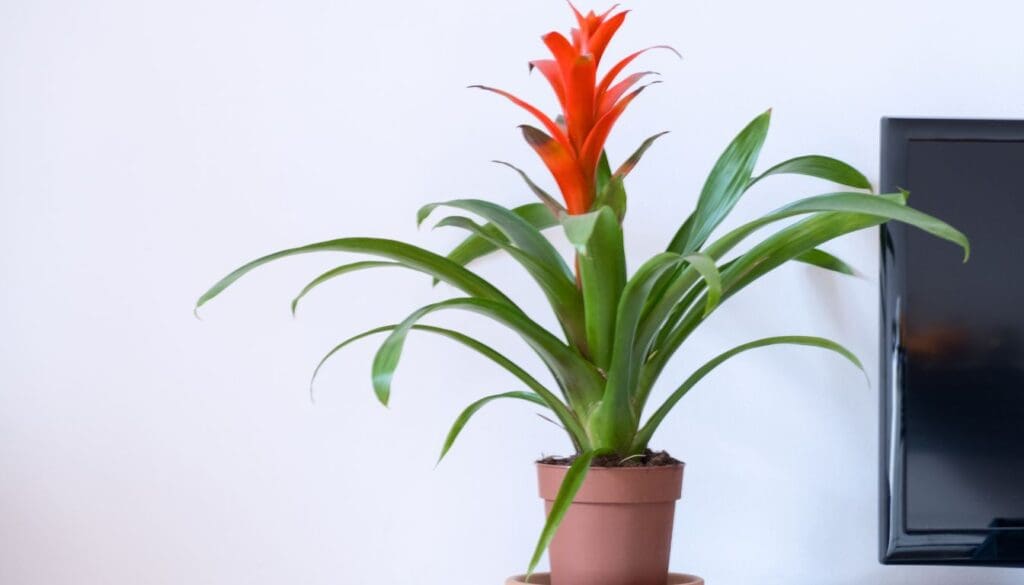
Bromeliads are one of my top picks for houseplants that thrive with coffee grounds. 😊 These plants are not only stunning but also very easy to care for. There’s a huge variety, with some showing off flowers in bright shades of red, orange, and pink.
Did you know that coffee grounds can help enhance the acidity of the soil? Bromeliads love this. They absorb the nutrients more effectively, leading to healthier, more vibrant plants.
Another awesome thing about bromeliads is that they often produce “pups” or baby plants. You’ll always have a new bromeliad to grow and share with friends! 🌱
When using coffee grounds, I mix them into the top layer of the soil. You don’t need a lot. Just a sprinkle can make a big difference.
Pro Tip: Make sure the grounds are dry and don’t let them clump. This helps in better soil aeration and water retention.
Do you have any bromeliads at home? How do they like their coffee? 😉 Share your thoughts and experiences in the comments below!
16) Croton

Let’s talk about the Croton. This plant is known for its bold, colorful leaves. Adding coffee grounds to your Croton’s soil can be a bit tricky, though. Have you tried it before?
Crotons thrive in slightly acidic soil. Coffee grounds can help, but only if used sparingly. Too much coffee can increase soil acidity too much, which isn’t good for these beauties.
I recommend using just a thin layer of coffee grounds. Sprinkle them lightly around the base. Make sure not to pile it up against the stem. They don’t like that!
Mix the grounds into the top layer of soil. This will help prevent pest infestations and keep the soil from getting too moist.
Have your Crotons ever struggled with stunted growth? Overdoing coffee grounds might be the culprit. It can stop root growth if you’re not careful. Always use in moderation!
Do you use coffee grounds for other plants too? Share your experiences! 💬 Your tips could help fellow plant lovers. 🌱
17) Swedish Ivy
Swedish Ivy is one of my favorite houseplants to pair with coffee grounds. 😊 It’s super easy to care for and thrives indoors, which makes it perfect for beginners.
This plant loves a slightly acidic soil, and coffee grounds can help with that. Just sprinkle some used coffee grounds around the base of the plant and mix them into the top layer of soil.
One thing to keep in mind is good drainage. Swedish Ivy doesn’t like having soggy roots. So, make sure your pot has drainage holes and avoid letting the plant sit in water.
Swedish Ivy has a lovely trailing habit, making it a great choice for hanging baskets. Plus, with its green leaves and quick growth, it can really brighten up any room.
Keep the room temperature between 60 and 75 degrees Fahrenheit (16-24 degrees Celsius) for the best growth. And don’t forget to water it once a week, letting the soil dry out slightly in between.
Do you have a Swedish Ivy at home? How has it been growing for you? Share your tips and experiences in the comments below! 🌿✨
18) Rubber Plant

Rubber plants are one of my favorite houseplants! They are super easy to care for and look so stylish with their dark green, glossy leaves. 🌿
One thing you might not know is that rubber plants can benefit from coffee grounds.
Coffee grounds can give a nutrient boost to rubber plants. They are rich in nitrogen, which helps the plant grow strong and healthy. Adding coffee grounds to the soil can also improve soil drainage and retention. This means the plant can hold onto moisture better without getting soggy. Perfect balance!
Have you ever noticed tiny pests bothering your rubber plant? Coffee grounds can help with that too! They act as a natural pest repellent. Sprinkle a little on the soil to keep those pesky bugs away. 🐜
Just remember to use coffee grounds sparingly. Too much can make the soil too acidic, and the plant might not like it.
I usually mix two cups of coffee grounds into five gallons of water and let it sit overnight before using it. This way, the nutrients are released slowly, and the rubber plant thrives.
Got pets? Coffee grounds can also keep them from digging around in the plant’s soil. Just a light sprinkle should do the trick.
So, next time you’re making your morning coffee, save those grounds for your rubber plant. Your plant will thank you and look fabulous! ☕
Do you use coffee grounds on your houseplants? Let me know in the comments!
19) Begonia
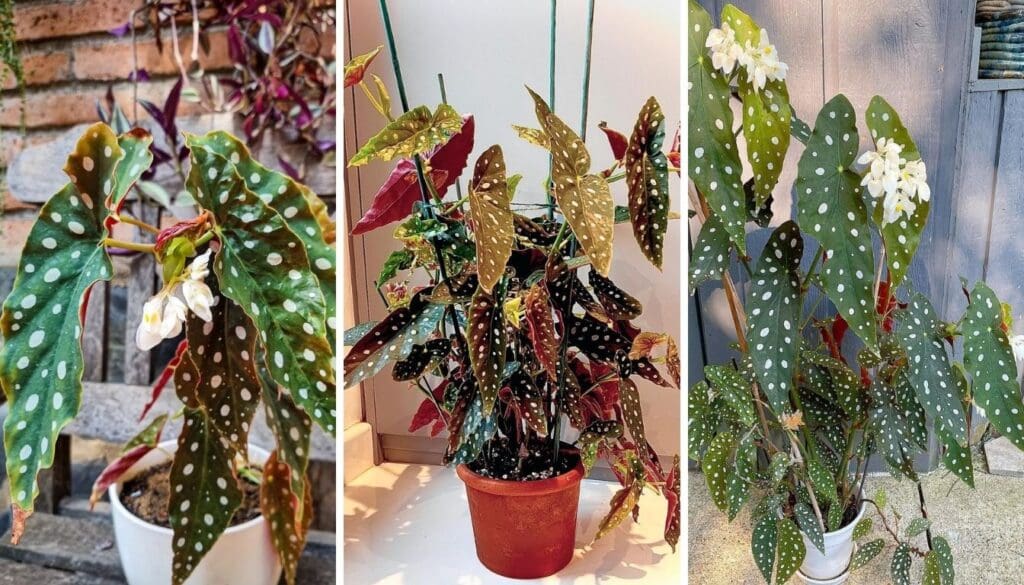
Begonias are wonderful plants that can really brighten up any indoor space. Did you know that begonias love coffee grounds? Yep, those used coffee grounds sitting in your kitchen can actually help your begonias thrive! 🌿
These plants are generally acid-loving, meaning they do well in soil with higher acidity. Coffee grounds can provide just that. They also enhance soil quality by improving drainage and adding essential nutrients.
When I first heard about using coffee grounds for begonias, I was a bit skeptical. But then, I tried it, and wow! My begonias started looking much more vibrant and healthy. Have you ever tried using coffee grounds for your plants?
Just sprinkle some cooled, used coffee grounds on the soil. You don’t need to go overboard—a little bit can go a long way. This practice can help promote better bloom and leaf health.
One tip: Mix the coffee grounds into the soil rather than just leaving them on top. This helps the nutrients to be absorbed better by the roots. Also, always use used coffee grounds, as fresh ones can be too acidic.
So, the next time you brew a cup of coffee, don’t toss those grounds away. Recycle them for your begonias! Have you seen any difference in your plants when you use coffee grounds? Let me know in the comments. 🌸
20) Anthurium
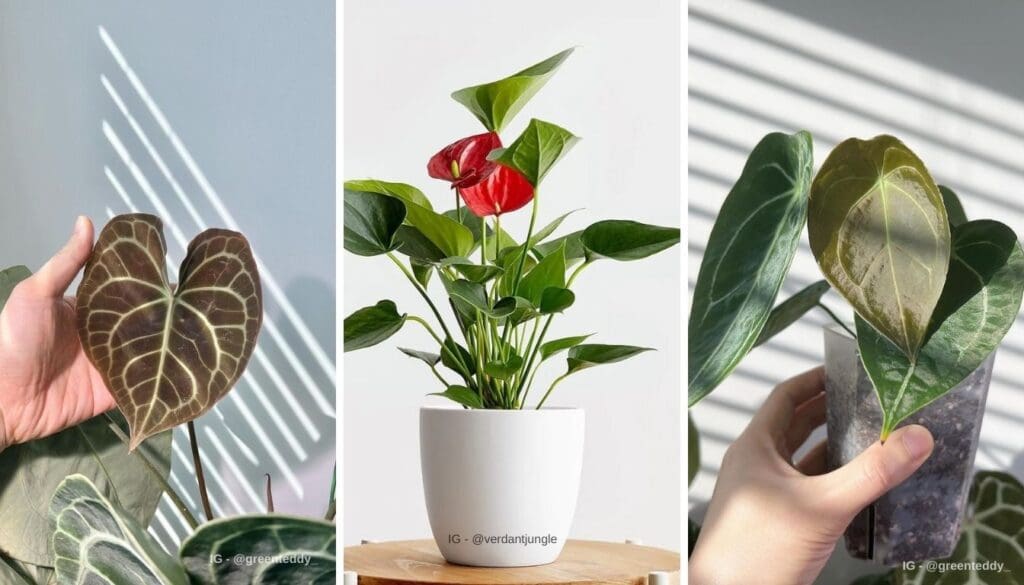
Anthuriums are one of my favorite houseplants! They are known for their beautiful, glossy leaves and bright, heart-shaped flowers. These plants not only look stunning but can benefit from a little coffee love too. 🌿
Coffee grounds act as a natural fertilizer, providing nutrients like nitrogen, phosphorus, and potassium.
When I add coffee grounds to my Anthurium’s soil, it gets a slow and steady nutrient boost. This can help the plant grow healthier and produce those gorgeous flowers we all love. 🌺
I usually mix a small amount of coffee grounds into the top layer of soil.
It’s important not to overdo it since too much nitrogen can be harmful. A light sprinkle once a month works wonders.
Have you ever treated your Anthurium to some coffee grounds? Give it a try and let me know how it goes! Do you see more blooms or healthier leaves? 🌱
Remember to always keep an eye on your plant. If it looks unhappy, it might be getting too much coffee. Just like us, plants have their preferences! 😄
I’d love to hear your thoughts on using coffee grounds for Anthuriums. Drop a comment below with your experiences or any tips you have! Let’s get gardening together. 🌼
How to Use Coffee Grounds with Houseplants
Using coffee grounds with houseplants can be very beneficial. There are several ways to do this, including composting, direct application, and mixing the grounds with potting soil.
Composting with Coffee Grounds

Composting coffee grounds is simple and effective.
I like to mix coffee grounds (green compost) with brown materials like leaves or shredded paper. Using a ratio of 2 parts brown compost to 1 part green compost creates a balanced mixture.
When I add this compost to my houseplants, I notice they seem healthier! 🪴
It provides a slow-release source of nutrients that enriches the soil over time. Plus, composting reduces waste and helps the environment. 🌍
Direct Application Methods
Applying coffee grounds directly can give your plants a quick nutrient boost.
I usually sprinkle a thin layer on top of the soil. Too much can lead to mold growth, so I use it sparingly.
Sometimes, I make a coffee compost tea.
I mix two cups of coffee grounds with 5 gallons of water and let it sit overnight.
Then, I water my plants with this mixture. This method is fantastic for plants that love nitrogen, like pothos and ferns.
Mixing with Potting Soil

Another great way to use coffee grounds is by mixing them with potting soil.
I combine used coffee grounds into my potting mix to enhance soil texture and improve drainage. I use about 10-20% coffee grounds in the soil mixture.
This mix works well for plants like the Christmas cactus and golden pothos.
Using coffee grounds in the soil helps retain moisture and provides essential nutrients. Just make sure you don’t overdo it, as too much can affect the soil pH.
Precautions When Using Coffee Grounds
Before you brew up some plant food with coffee grounds, let’s chat about a couple of things to keep your plants happy and healthy.
Avoiding Excessive Use
Using too much coffee ground can cause problems for your plants. Think of it like this: if a little bit is good, more isn’t always better! 😊
Too much moisture can make the soil soggy and might lead to root rot. If your plant’s leaves start to turn yellow, it could be a sign you’re overdoing it.
Always mix the coffee grounds with other compost materials, such as leaves or shredded paper, to balance it out. A good rule of thumb is to use no more than 15-20% coffee grounds in your total soil mix.
Have you ever tried watering your plants and noticed the water isn’t draining well? That’s a sign you might need to cut back on the coffee grounds. Remember, moderation is key!
Monitoring Soil pH Levels
Not all plants love acidity. Some might throw a fit if their soil becomes too acidic.
Using coffee grounds can change the soil pH, making it more acidic.
Do you have a pH testing kit? It’s a handy tool to keep around.
Aim for soil pH levels between 6 and 7, which is good for most houseplants.
Ferns, roses, and hydrangeas are examples of plants that like slightly more acidic soil. On the flip side, some plants might not react well.
If you’re unsure, it’s always a good idea to do a little research or test the soil. Got a plant that doesn’t look happy? Check the pH!
Conclusion
Using coffee grounds for houseplants has been an exciting revelation for me. It’s a simple, sustainable, and effective way to give my plants a nutrient boost. Plus, it’s a great way to recycle my morning coffee. 😄
I’ve noticed that plants like Pothos, Christmas Cactus, and Golden Pothos thrive with a bit of coffee ground magic. They love the extra nitrogen and other nutrients that coffee grounds provide.
Remember, moderation is key. Too much coffee can make the soil too acidic and harm the plants.
I usually mix two cups of coffee grounds with five gallons of water and let it sit overnight.
I also like to mix coffee grounds with brown compost materials like leaves or shredded paper for a balanced compost. This helps maintain healthy soil for my houseplants.
Have you tried using coffee grounds for your plants? 🌿 How has it worked for you? Share your experiences in the comments! Let’s enjoy this green journey together.
Don’t forget to experiment and find what works best for each of your plants. Happy gardening! 🌱✨
Note: Some images in the articles are sourced from Reddit and Other Platforms For Reference Purpose.

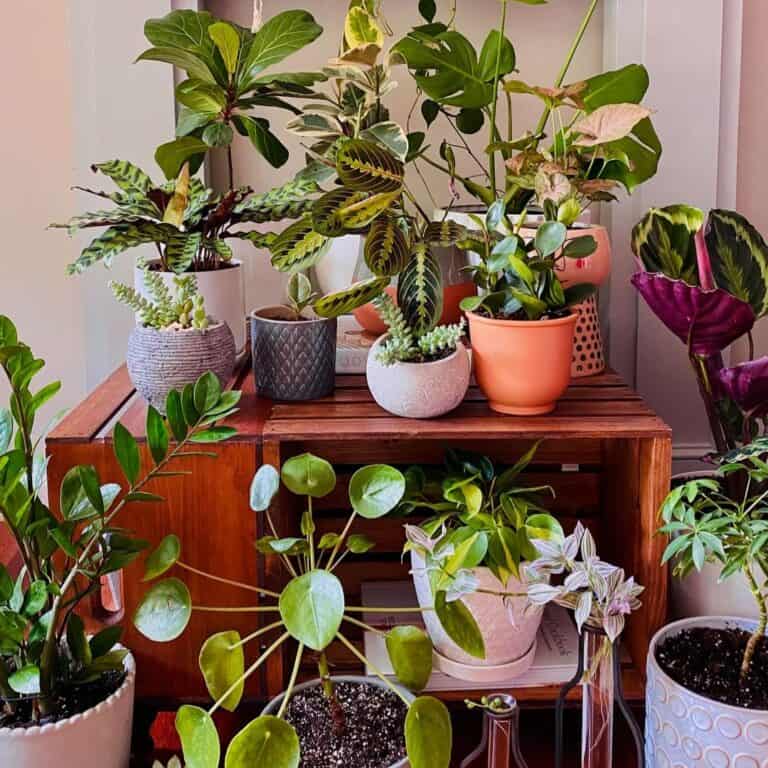

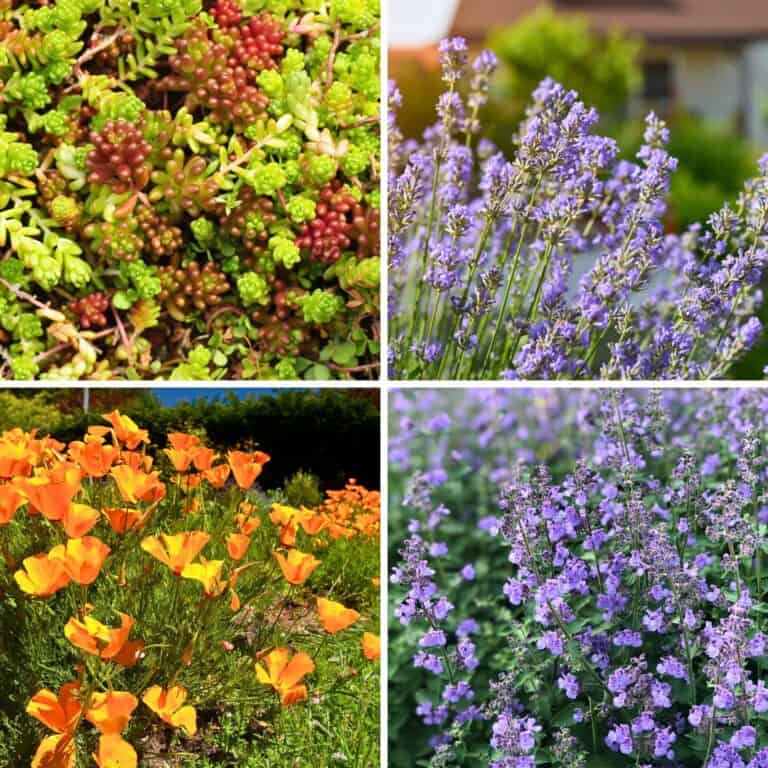

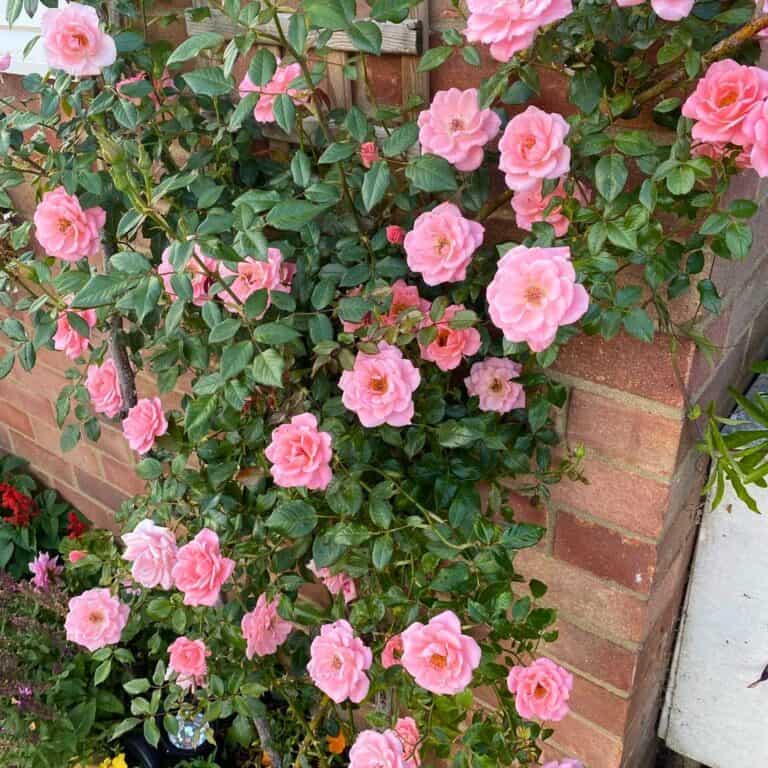
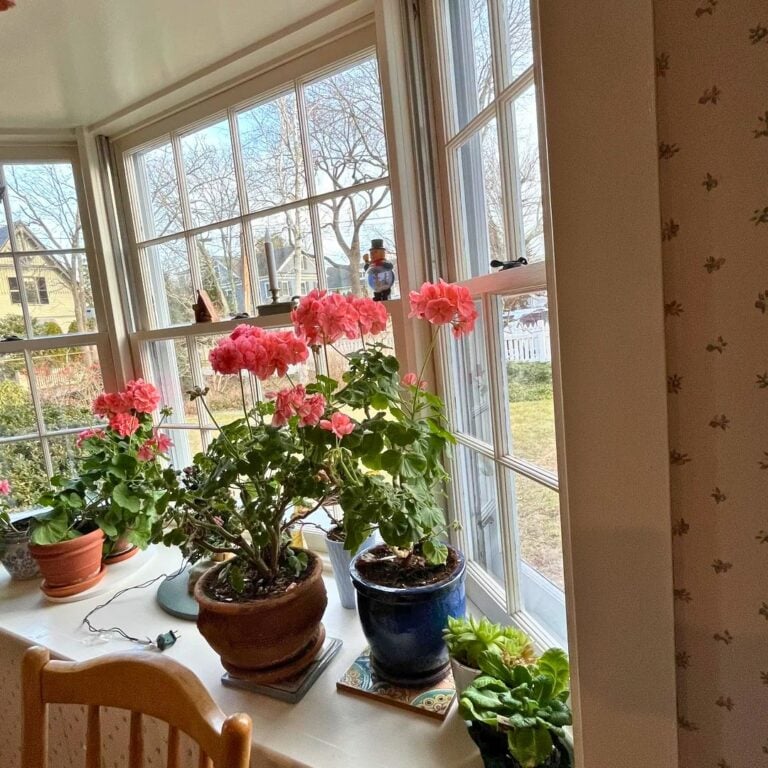
I have been using coffee ground for a few years..I go with precaution. I do believe that it helps the flowers to grow.
I did this with my plants that was listed everyone was supposed to like but all mine have just wilted leaves going brown off fresh new growth was green now all looking dead in 4 days there looking horrible and did everything to the point its done nothing but kill them
Hey,
I think you might have added a lot or something else might have gone wrong as I have been using it for a while now, never had any such issues.
My Crepe Myrtles love it and it keeps the ants away too